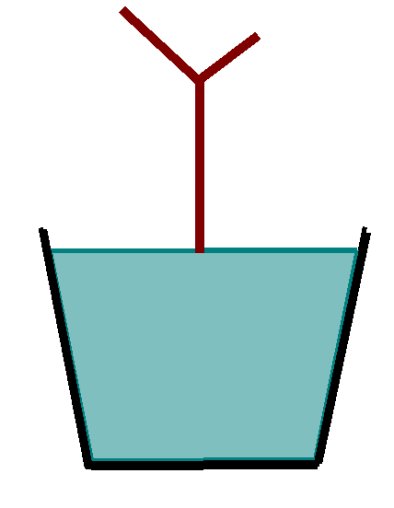 |
Way back in time, probably when
cave men first learned to make clay pots someone
would have tried to grow a plant in a pot.
This would have been a total failure as the
pot would have filled with water and the soil turned
putrid and the plant died.
Plant roots need both water and
air and most plants will simply die if there is no
air in the soil.
|
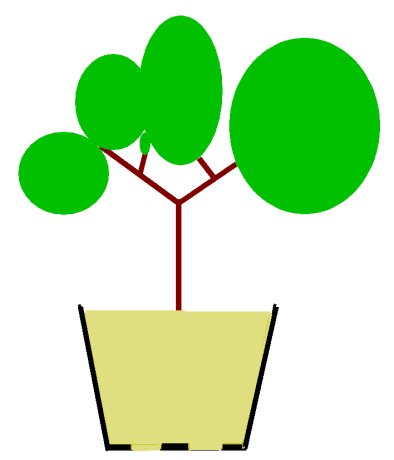 |
But probably by serendipity, the
caveman tried to grow a plant in a cracked or leaky
pot and found that with drainage plants will grow
very well in a pot. |
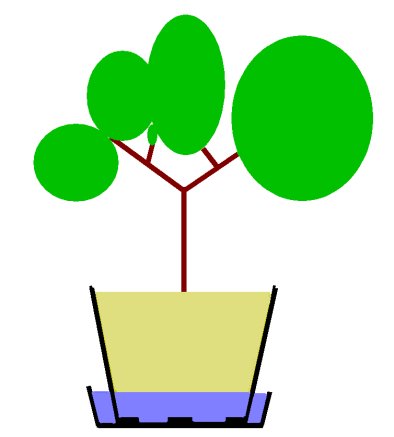 |
Much later someone would have
realised that losing both water and nutrients
through the drain holes was very wasteful (and
messy) and simply put a saucer under the pot.
They may have been surprised to
find that later the water in the saucer was being
sucked up (by wicking action) back into the pot for
the plant to use.
This was the very first
self-watering or wicking pot.
|
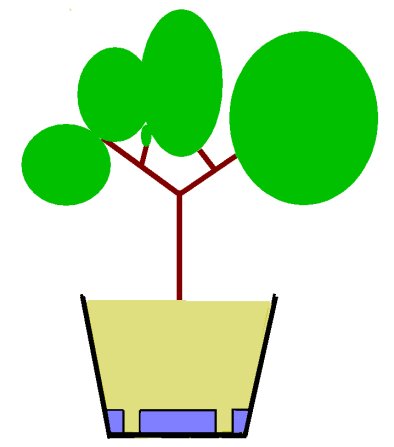 |
People then realised that they
could make the water reservoir much larger by
creating a separate chamber to hold the water.
They had to find some way of getting the
water to move from the container to the soil so they
created fingers of soil going down into the water
reservoir.
The water could then wick up
through these fingers and into the bulk of the soil
so watering the plant.
|
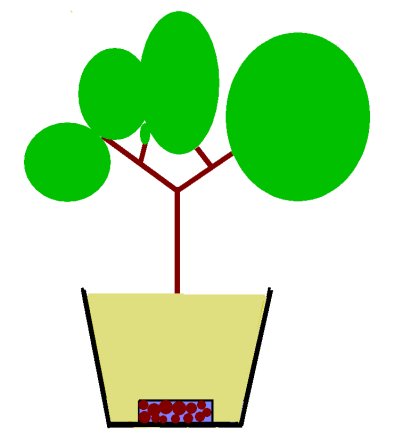 |
As people understood the
nutritional needs of the plant they added N,P,K
fertilisers giving excellent growth.
While these pots were very
successful there size was limited by the need for a
separate rigid water container.
This problem was overcome by
using a pile of stones covered with a layer of cloth
to separate the soil from the water and keep the
roots out.
The water reservoir was the spaces in between
the stones.
This meant that much large beds
could be made at a reasonable price.
All of these beds had the features of a
separate water container and some means, either a
cloth or small holes, to separate the soil and the
roots from the water reservoir.
|
 |
We learned that plants grow very
fast using nutrient rich N,P,K fertilisers.
Meanwhile medical research was advancing, and we
learned that humans needed much more than bulk
carbohydrates, they needed complex chemicals which
were produced by plants (phytochemicals). The
British Navy were the first to appreciate the
benefits of vitamin C in limes in warding off
scurvy, hence the nick name ‘limeys’.
A diet based on simple
carbohydrates leave people full but unsatisfied,
hence the epidemics of obesity, diabetes, heart
decease and other modern ailments.
Medical research is continuing to discover
critically important chemicals for human health
which are produced naturally by plants.
|
 |
However to produce these
important phytochemicals plants need a wide range of
minerals. These may be relatively abundant on the
earth particularly from volcanos but in the form of
insoluble rocks.
In the natural state soil biology,
particularly the fungi with their fine hyphae which
exude enzymes, have the ability to dissolve these
mineral and make them available to the plant.
|
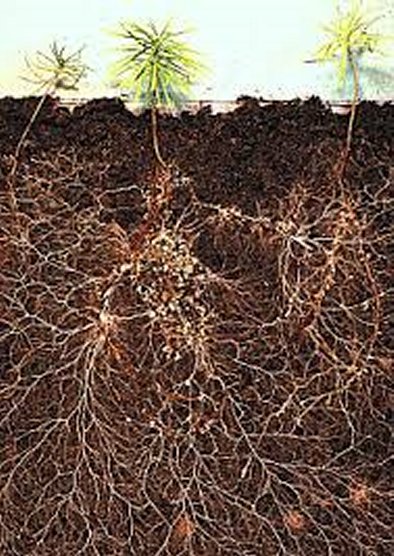 |
But fungi, by themselves are
not enough, worms transport the spores throughout
the soil, but worms need bacteria to break down the
vegetable matter which provides the food and energy
for the entire system.
We now understand that this
complex soil biology is critical to human health.
But soil biology needs a precise moisture level to
flourish. This has led to the next generation of
wicking beds in which the
primary aim
is to maintain the moisture level for the soil
biology not just too simply water the plants.
|
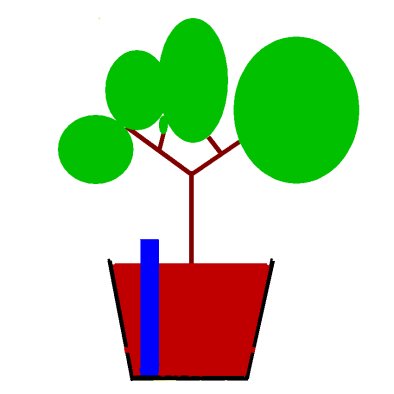 |
At first glance they look like
a badly managed stone type wicking bed in which the
stones have been replaced by organic material, but
the similarity is superficial.
In a stone type wicking bed the cloth separates
the soil from the stone water reservoir which is
biologically inert. If the stones were replaced by
organic material in anaerobic conditions it would
soon go putrid.
But in the wicking worm bed there is no
separating cloth so the plant roots are free to
explore the entire volume.
They draw out the water which is then
replaced by the air which is sucked in giving the
equivalent of breathing.
Drain holes part the way up the bed ensure the
bed is never totally saturated even when filled.
|
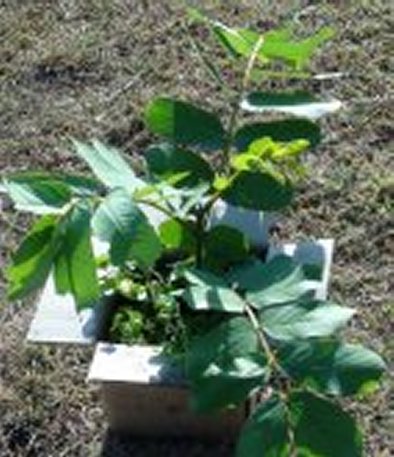 |
The composition of the soil is important, it must
contain the minerals which we need for our health,
but it must also contain a broad spectrum of biology
and plants to release the minerals. They also make
the soil porous and increase its water holding
capacity. These can be introduced by a BioPack which
contains the fungi, bacteria, worms and plants and
which act as an inoculant for the entire bed with
the plants providing the green organic material
which powers the whole process.
|
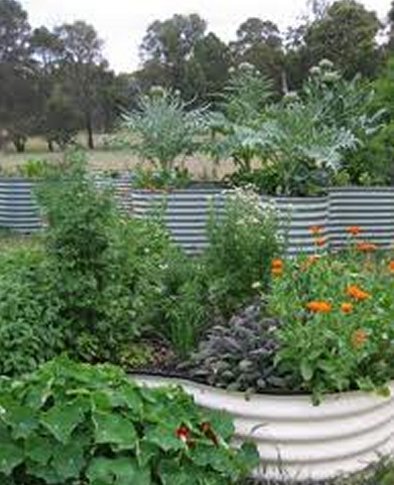 |
But in
Australia most of us are lucky with a reasonable
sized garden where we can grow useful amounts of
food from reasonably sized wicking beds. But now
around the world most people live in cities often in
high rise apartments.
Their food is typically produced miles away
with the emphasis on production quantity rather than
nutritional value.
As a source of energy this is fine but may well
be lacking in the crucial phytochemicals essential
for health. Only small amounts are needed but they
are essential.
|
 |
However small wicking boxes
will fit into a veranda, and will provide
supplementary food to provide the small but critical
quantities of nutrient rich food. It also provides a
way of recycling all the waste food which is an ever
increasing problem.
|